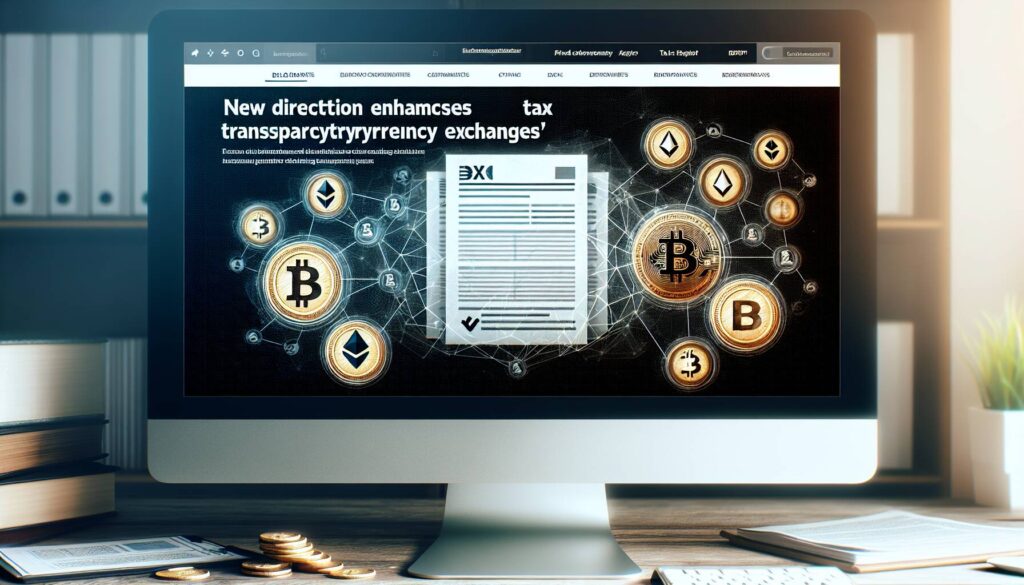The $270 billion stablecoin sector is witnessing notable shifts as it continues to navigate its place in the broader cryptocurrency landscape, which remains largely unchanged since 2020. According to a recent note from JPMorgan analysts, while stablecoins currently represent less than 8% of the entire crypto market cap, this dynamic may face challenges with the emergence of new U.S. stablecoins, potentially leading to a zero-sum game in market share unless the overall crypto market expands significantly.
Tether, the leading player in this space, is prepping for the launch of USAT, a U.S.-compliant stablecoin designed to meet stricter regulatory standards. This new token aims to bolster Tether’s market presence by ensuring a 100% compliance with U.S. regulations, unlike its existing USDT, which is currently backed by approximately 80% compliant reserves.
Stablecoins serve as crucial instruments in the cryptocurrency ecosystem, often pegged to stable assets like the U.S. dollar or gold, facilitating essential functions such as payment processing and international money transfers. In this competitive environment, major players like Circle’s USDC face increasing pressure from emerging competitors, including finance giants like PayPal and Robinhood, who are entering the fray with their own stablecoin offerings.
“The recent passage of U.S. stablecoin legislation has triggered a new wave of token launches, intensifying the competition for market dominance,” the JPMorgan report highlighted.
As Circle strives to hold its ground with measures like the development of the Arc blockchain to enhance the efficiency of USDC transactions, the overall market continues to be influenced by the supply dynamics. The supply of USDC has surged to $72.5 billion, outpacing earlier projections and signaling a strong position in this evolving market.

Key Points on the Stablecoin Market
The stablecoin sector has significant implications for the cryptocurrency landscape and potential impacts on readers involved in finance or technology.
- Stablecoin Market Size
- Valued at $270 billion but only accounts for less than 8% of the total crypto market cap.
- This percentage has remained unchanged since 2020, indicating market stagnation.
- Emerging U.S. Stablecoins
- Tether plans to introduce a U.S.-compliant token, USAT, to meet full regulatory standards.
- USDT’s reserves are about 80% compliant, posing a potential advantage for USAT.
- Role and Function of Stablecoins
- Stablecoins provide essential payment infrastructure and enable international money transfers.
- They are pegged to stable assets like the U.S. dollar and gold, enhancing their stability compared to other cryptocurrencies.
- Regulatory Environment
- New U.S. stablecoin legislation has prompted a fresh wave of launches, intensifying competition.
- Circle’s USDC is currently leading in the U.S. market but faces competition from new entrants.
- Competition and Market Dynamics
- Circle is losing market shares to competitors like Hyperliquid and fintech companies such as PayPal and Robinhood.
- Circle is developing Arc, a blockchain designed to enhance USDC’s performance and maintain its market dominance.
- Future Market Growth
- The potential growth of the stablecoin market is dependent on the overall expansion of the cryptocurrency market.
- Current competition may merely redistribute market share without increasing the total market size.
- USDC Supply Surge
- USDC supply has increased to $72.5 billion, exceeding prior estimates by Wall Street firm Bernstein.
Competitive Landscape in the Growing Stablecoin Sector
The stablecoin segment, now valued at $270 billion, is evidently at a turning point, with the potential for new market dynamics driven by recent U.S. regulatory developments. As revealed in a JPMorgan research report, despite its notable growth, stablecoins still represent less than 8% of the overall cryptocurrency market capitalization—a figure that has stagnated since 2020. This stagnation poses significant implications for new entrants into the stablecoin market, particularly those aiming to challenge the current leading players, Tether’s USDT and Circle’s USDC.
Competitive Advantages: The imminent launch of Tether’s U.S.-compliant stablecoin, USAT, positions it strongly against USDC. With a commitment to fully complying with U.S. regulations, USAT could attract users who prioritize regulatory stability, especially in international markets where Tether’s presence is robust. Circle’s ongoing initiatives to enhance USDC’s infrastructure via the development of Arc also demonstrate a proactive approach to improving transaction efficiency, potentially retaining its user base amidst growing competition from fintech giants like PayPal and Revolut, who are now launching their own tokens. This sophisticated technological angle may allow USDC to maintain its competitive edge as it fosters integration within existing crypto frameworks.
Disadvantages and Challenges: However, the dynamic may lead to a zero-sum game within the stablecoin sphere unless there’s significant growth in the crypto market itself. Circle faces the challenge of increasing competition not only from Tether but also from emerging platforms like Hyperliquid and the fintech disruptors entering the space, which may dilute its market share. These well-established financial entities have the advantage of a large existing user base and substantial capital resources to invest in marketing and technological enhancements, casting uncertainty over Circle’s prospects of dominating U.S. markets.
For investors and stakeholders, the landscape may be difficult to navigate. As new stablecoins emerge, those focusing solely on scaling existing products without an accompanying market expansion could see diminishing returns. Meanwhile, consumers stand to benefit from increased competition, which may foster innovation and lower transaction costs in the stablecoin sector. Conversely, this competitive onslaught could disrupt less adaptable entities, posing survival challenges for those unable to differentiate themselves within the market.

















